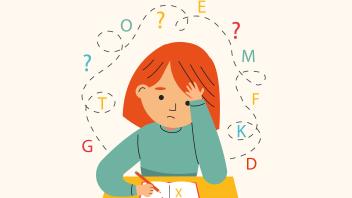It’s not at all unusual to hear adults lament the loss of the “good old days.” Memories are, of course, filtered and perhaps even reworked over time.
I know I’ve had fond memories of books that I read and adored as a child blown away when I reread them as an adult. (As a child, I identified with Peter Pan, never Wendy; but when I read it as an adult, I was shocked at Peter’s take on Wendy’s role and how she embraced that role. I won’t even mention Barrie’s treatment of Indians.)
Has childhood changed that much? Perhaps. But society certainly has, reflected in the themes and topics in children’s books. A recent piece in the Guardian reminded me of the shift in literature for children. Julia Eccleshare writes, “The rosy, cosy vision of the 1950s and 1960s — often thought of as a golden age of children’s fiction — was challenged from the 1970s onwards by an increasing emphasis on books showing different kinds of childhood.”
I think there was a huge shift in the U.S. during the 1960s. That’s when Where the Wild Things Are (HarperCollins) was published as well as (another personal favorite) Harriet the Spy (Yearling). Maybe childhood didn’t change in the 60s, but what was considered appropriate certainly did.
Death, homelessness, war, divorce, sexual orientation have all been addressed in books, even for younger children.
A recent wordless book by Bob Staake Bluebird (Schwartz & Wade) continues to intrigue me. It’s a story of loneliness, bullies and bullying, friendship, death, and hope — all in 40 pages. The limited palette and seemingly simple illustrations make it look like it’s appropriate for young children — but at one point, there’s a huge shift (which I admit stunned me).
What does this book say about what children deal with? Will it appeal to kids? Will adults — parents and teachers — share it with children? If so, what age and how? Please weigh in and let me know what you think about contemporary children’s books such as Bluebird.

